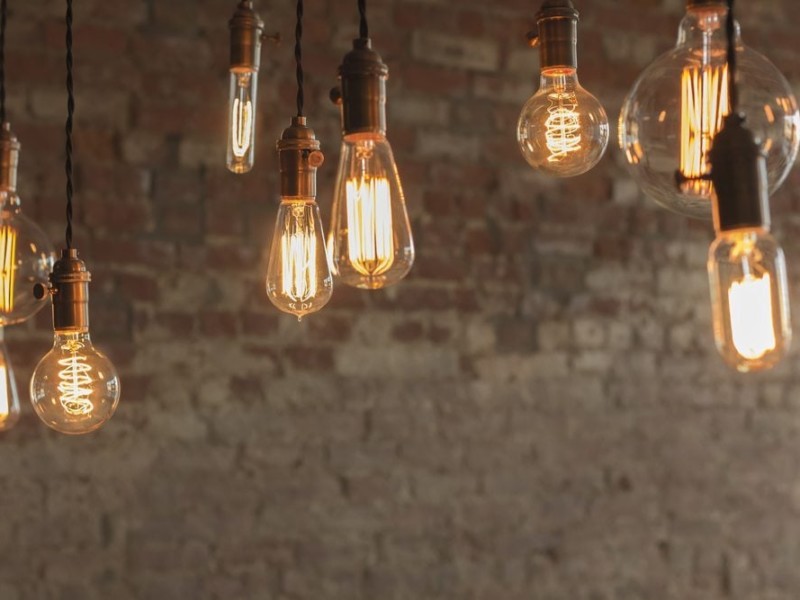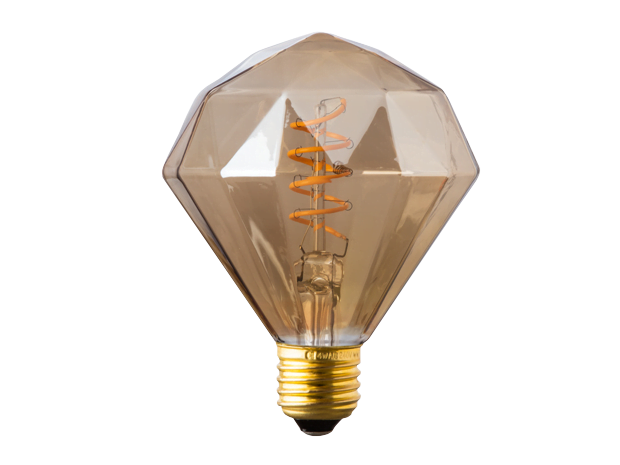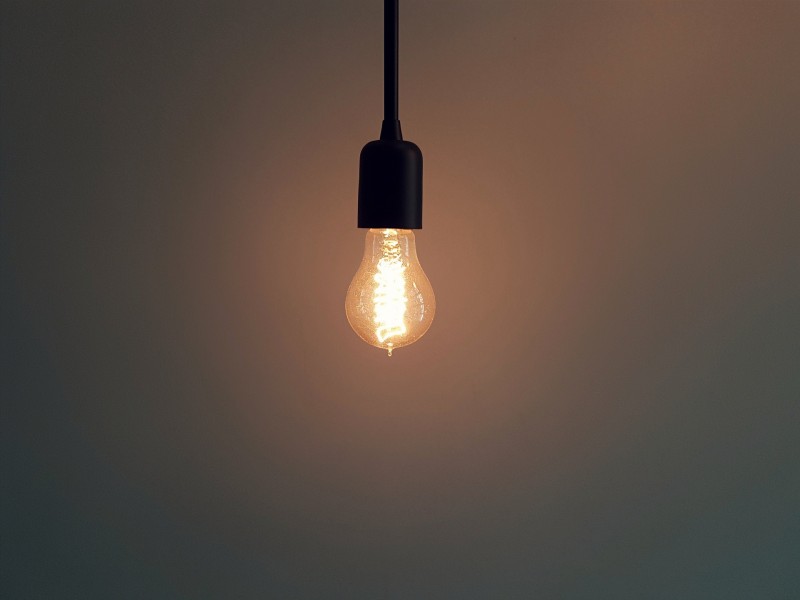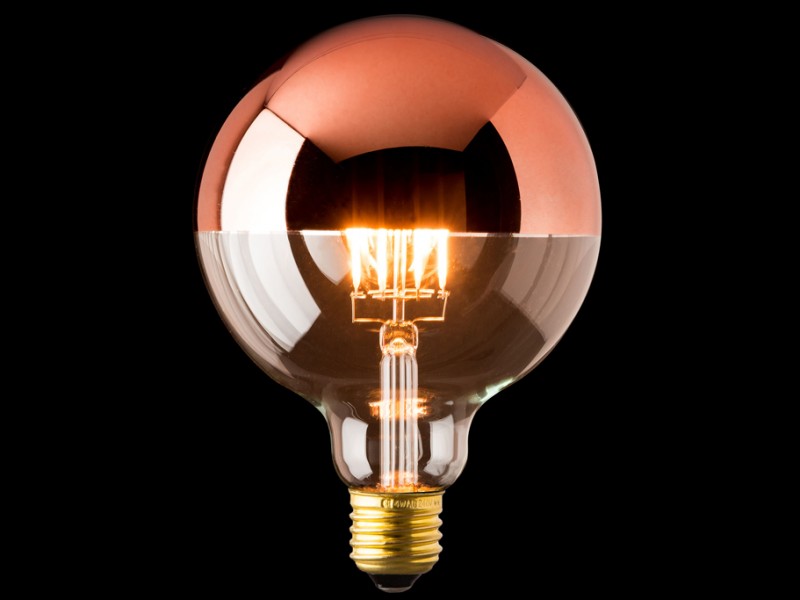 Free UK Delivery On Orders Over £120*
Free UK Delivery On Orders Over £120*
 Free UK Delivery On Orders Over £120*
Free UK Delivery On Orders Over £120*
 Secure Ordering
Secure Ordering
 Up To 5 Year Warranty
Up To 5 Year Warranty
 5* Service & Support
5* Service & Support
WHY CHOOSE LED BULBS OVER HALOGEN BULBS?
One of the top reasons to choose LED light bulbs over halogen bulbs is their energy-saving capability, LED is by far the smartest solution when it comes to light bulbs. LED bulbs can use up to 90% less energy than halogens by using fewer watts. In addition, LED lights also have a much longer lifespan than halogen or incandescent bulbs. This means less maintenance as once fitted they will last for years.
So, less energy, lower wattage and longer life all equal a considerable money-saving for both households and commercial premises. Switching to LEDs could cut as much as 20% off your energy bill.
WHAT ARE THE ADVANTAGES OF LED BULBS?
LED bulbs are energy-saving because they are more efficient at converting electricity, measured in watts, into light, measured in lumens. with an average LED light bulb emitting around 80-100 lumens per watt, while an incandescent bulb can only be 40-50 lumens per watt.
The lifespan of a LED bulb is 10 to 20 times longer than the average life of an incandescent bulb and 20-25 times longer than a typical halogen bulb. LED light bulbs can in fact last anywhere between 15,000 to 30,000 hours, some up to 50,000 hours depending on the quality. That’s more than 11 years, if you use the light bulb for 12 hours a day.
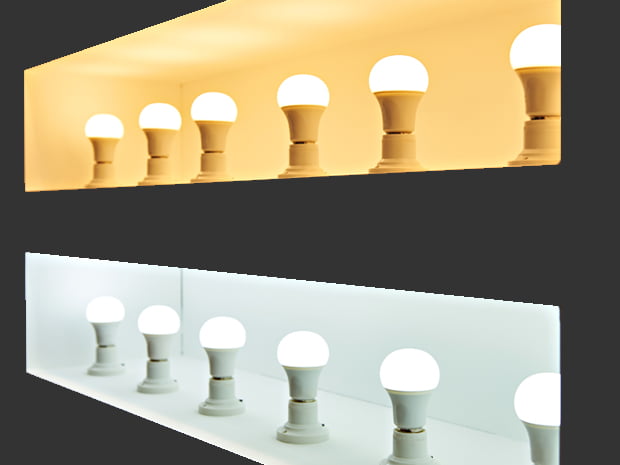
LED BULB COLOURS EXPLAINED
LED Brightness
The brightness of LEDs is measured in terms of lumens. The higher the lumen value, the brighter the bulb. With traditional halogen bulbs, the wattage used to be an indicator of a bulb’s brightness as it measured power consumption; higher power consumption = a brighter light.
As LEDs are so much more energy efficient than their traditional counterparts, wattage no longer correlates with a bulb’s brightness and is not an accurate way to measure light output. However, generally speaking, a 60w bulb will emit 800 lumens.
WHAT IS LED COLOUR TEMPERATURE?
When people talk about LED colour, in most cases they don’t mean Red, Green or Blue. They are talking about ‘colour temperature’.
LED colour temperature is the colour of the light that is emitted from the LED. It has nothing to do with how hot a bulb feels, but the colour of the glow that the bulb generates. The most common colour temperatures are warm white, natural white and cool white. This is measured in degrees Kelvin (K).
Kelvins range from 2700K to 6500K. The Kelvin Scale runs in the opposite direction to the temperature scale; the warmer the glow colour, the lower the Kelvin rating. For example, a warm light will have a low Kelvin rating of 3,500K with a yellow/orange glow. A light bulb with a high Kelvin rating of 6,000K or more is a cool light with a blue/white glow.
For help choosing the perfect colour temperature for your project, read our guide.
WHAT ARE THE DIFFERENT TYPES OF LED LIGHT BULBS?
LED light bulbs come in all sizes of cap types and fittings but are made to retrofit existing light fixtures. This ensures you don’t have to change light fittings just make sure you choose the correct cap type, for example, an E14 small Edison screw cap for a desk lamp, or a GU10 spotlight for the kitchen.
LED bulbs come in all the shapes we have become familiar with, whether it standard GLS, candle bulbs, golf balls, reflectors, spotlights or tubes.
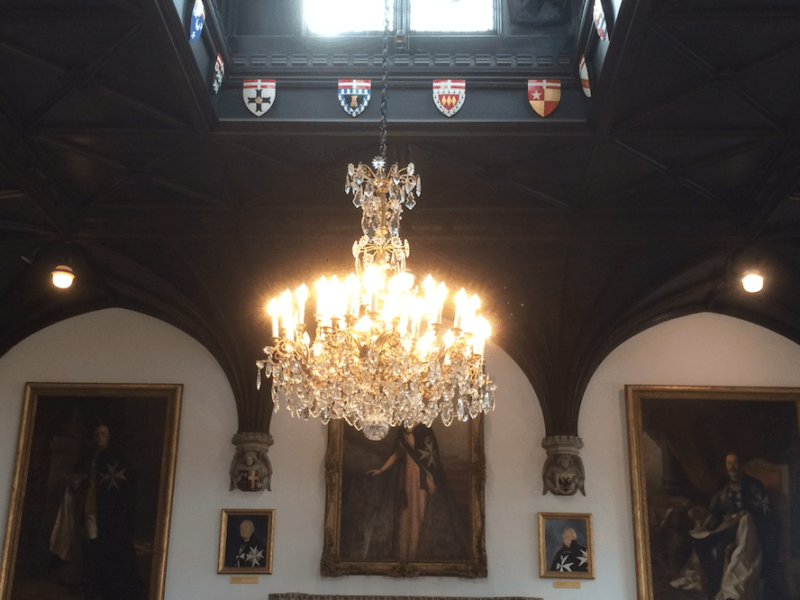
ARE LED BULBS DIMMABLE?
Dimmable LED light bulbs are widely available, although the majority of dimmable LED bulbs will not work with traditional dimmer switches and will need a LED dimmer switch. Therefore if you have an existing dimmer switch you can check whether it needs a new dimmable LED driver by:
- The bulbs flicker – sometimes the bulbs can flicker when the light is on bright although more common, they flicker when the lights are dimmed low.
- The dimmer module buzzes – if you hear either a buzz or a hum from the dimmer itself, it’s an indication the dimmer is not compatible.
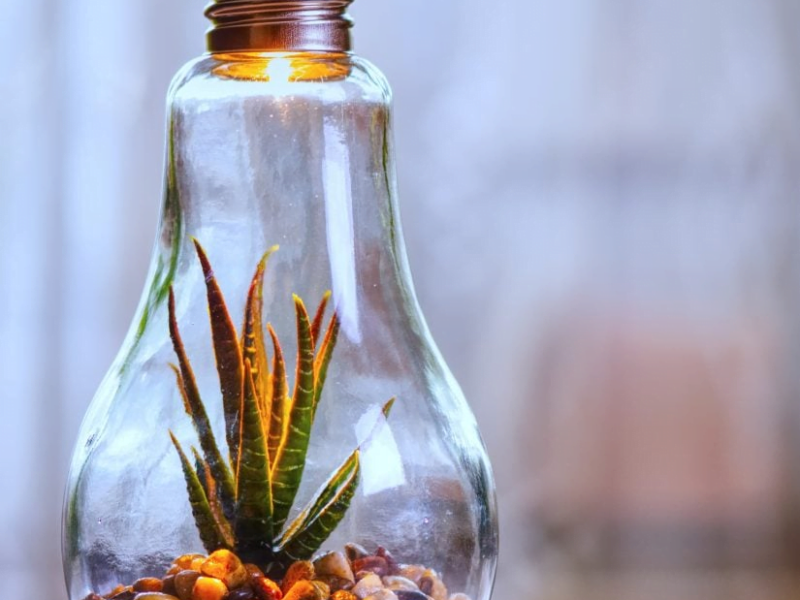
ARE LED BULBS SAFE?
Unlike CFLs or older style bulbs, LEDs don’t contain mercury so are much safer to use, they also give off very little heat, making them safe touch after use. Unlike any other energy-efficient lighting, the LED bulb does not emit polluting radiation.
It is further worth noting that LED bulbs operate at low voltage and are therefore considered safe compared to other lighting systems.
What makes LED Bulbs Eco-Friendly?
Firstly, by using LED light bulbs and replacing old incandescent or CFL bulbs, will help reduce carbon emissions as they use less energy. Secondly, LED lights don’t waste energy like incandescent bulbs which waste energy through the heat produced by the bulb.
Also, as already mentioned LED bulbs don’t contain harmful metals such as lead and mercury which are some of the most toxic heavy metals known.
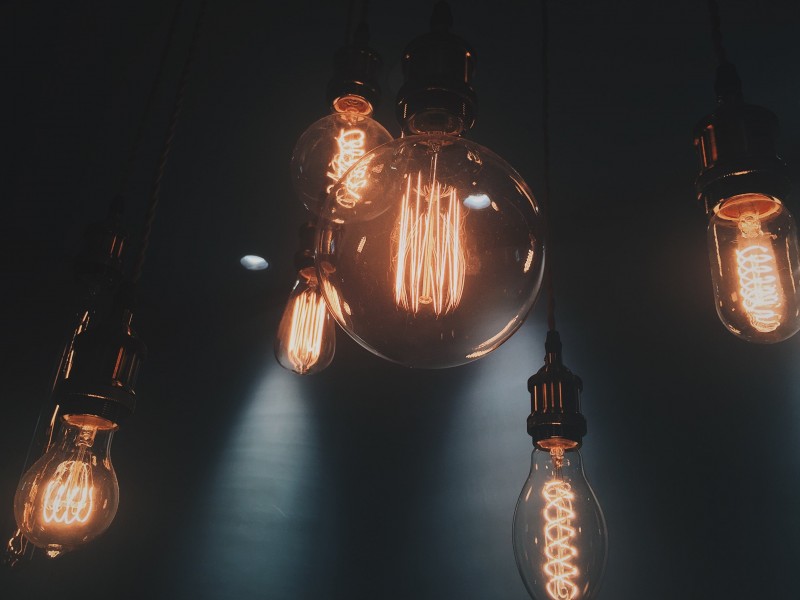
HOW DO I CHOOSE AN LED LIGHT BULB?
When choosing new LED light bulbs, consider these top five tips:-
- Shop for lumens, not watts.
- Select the colour you want to achieve; warm or cool light.
- Match the bulb shape to your light fitting.
- Get the correct cap size and fitting ie. bayonet or screw.
- Choose the right dimmable LED bulb or replace the dimmer switch.
LED Light Bulbs
Shop Our LED Light Bulbs


